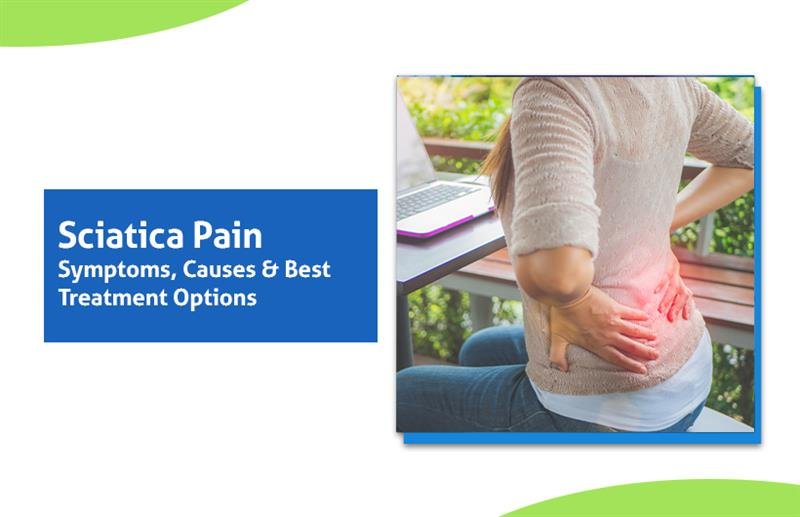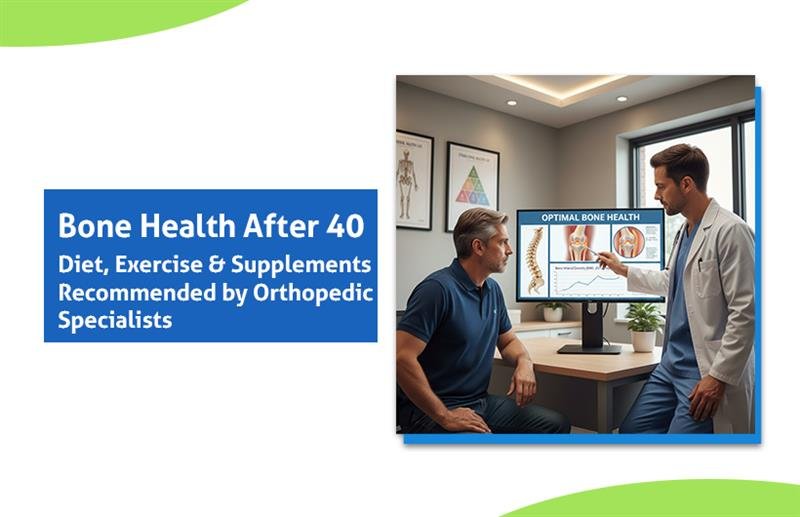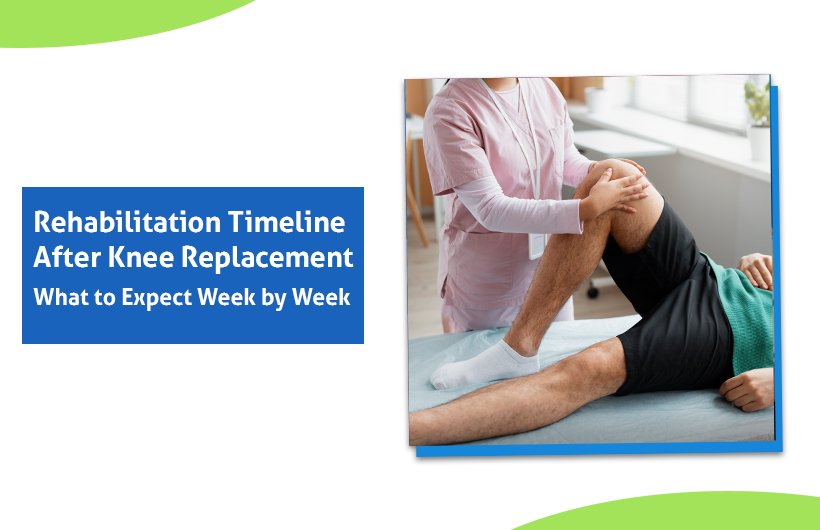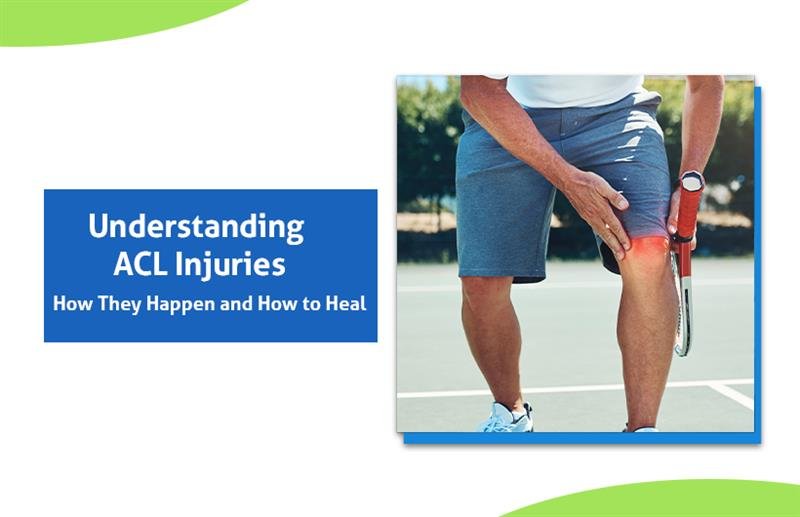Osteoporosis is a silent disease that weakens bones, and women especially postmenopausal women face a significantly higher risk than men due to biological, hormonal, and lifestyle factors.
Understanding Osteoporosis
Osteoporosis is a condition where bones become porous, brittle, and more prone to fractures. It’s often called the “silent disease” because it develops slowly over time and typically remains undetected until a fracture occurs. Some of the generally known and disabling effects are hip, spine, and wrist fractures.
Osteoporosis risk has been identified to have an equal occurrence between the genders, even though approximately 80 per cent of all cases of osteoporosis are in women. Knowledge and awareness of why such disparity occurs are crucial in the prevention of disease, early diagnosis and appropriate treatment.
Reasons Why Women Are at Osteoporosis Risk
1. Changes in Hormones after the Period of Menopause
Menopause is the most significant risk factor among females. Estrogen is a very important hormone that keeps the bone density intact, and the level of that hormone after menopause reduces drastically.
- Acting as a protection mechanism, estrogen reduces the process of natural bone tissue destruction.
- The accelerated loss of bone may reduce the bone density by 20 per cent in the initial 5-7 years after menopause.
- Early menopause (before the age of 45) in women poses an even higher risk.
2. Reduced Peak Bone Mass of Women
A natural occurrence is to have smaller and thinner bones in women than in men. Such reduced bone mass implies:
- They begin with a lower bone bank. Any bone loss affects them more gravely.
- Even age-related atrophy of the bones with age increases the probability of developing osteoporosis at an earlier age.
3. Foot and Pregnancy and Breastfeeding
Although generally the body adjusts well to the calcium requirements of pregnancy and breastfeeding, in case of insufficient dietary intake:
- The mother’s bones may be temporarily weakened.
- Multiple pregnancies without sufficient calcium and vitamin D intake can contribute to long-term bone loss.
4. Vitamin D and Calcium Deficiency
Many Indian women, especially those living in urban areas like Ahmedabad, experience:
- Inadequate sun exposure (leading to vitamin D deficiency).
- Poor calcium intake due to dietary restrictions or preferences.
- Both factors are essential for bone health, and when lacking, can accelerate bone demineralisation.
5. Sedentary Lifestyle and Low Physical Activity
Weight-bearing exercises are crucial for maintaining bone strength. However, many women lead sedentary lifestyles due to:
- Desk jobs
- Cultural or social barriers
- Lack of awareness regarding exercise and bone health
This contributes to a steady decline in bone density with age.
6. Medical Conditions and Medications
Women suffering from thyroid issues, rheumatoid arthritis, or undergoing long-term steroid treatment (e.g., for asthma or autoimmune conditions) are more likely to experience bone loss.
Additionally, women are often prescribed medications that interfere with calcium absorption or bone remodelling, adding another layer of risk.
Common Symptoms and Warning Signs
Osteoporosis develops quietly, but there are a few signs women should never ignore:
- Back pain caused by a fractured or collapsed vertebra
- Loss of height over time
- Stooped posture (kyphosis)
- Bone fractures from minimal trauma or falls
If you experience any of these symptoms, consult an orthopaedic specialist without delay.
How Women Can Reduce Osteoporosis Risk
Preventing Osteoporosis risk involves proactive lifestyle and dietary changes. Here are medically recommended strategies:
Bone-Healthy Diet
- Calcium: Aim for 1000–1200 mg/day. Include dairy, leafy greens, sesame seeds, and fortified foods.
- Vitamin D: Get regular morning sunlight and include fortified milk, eggs, and supplements if required.
- Protein: Necessary for bone matrix formation; includes lentils, nuts, lean meats.
Exercise Regularly
- Weight-bearing exercises (walking, jogging, stair climbing)
- Strength training (2–3 times a week)
- Balance and flexibility workouts, like yoga and Pilates, to prevent falls
Bone Density Tests (DEXA Scan)
Women above 50, especially postmenopausal, should undergo bone mineral density (BMD) testing to:
- Establish a baseline
- Detect early bone loss
- Monitor response to treatment
Lifestyle Adjustments
- Quit smoking – it accelerates bone loss.
- Limit alcohol – excess drinking interferes with calcium balance.
- Avoid carbonated drinks – phosphoric acid may reduce calcium absorption.
When to See an Orthopedic Doctor
If you are:
- A woman over 50
- Have had fractures with minimal trauma
- Have a family history of osteoporosis
- Have been on long-term medications like steroids
It’s essential to consult an orthopaedic expert immediately.
For women living around Ahmedabad and nearby areas, once past timely care from an orthopaedic doctor in Ahmedabad can massively affect the course of osteoporosis.
Quality Expert Orthopaedic Care in Ahmedabad
Are you looking for an orthopaedic doctor in Ahmedabad with specialisation in bone health and women’s orthopaedic issues?
Dr. Samip Seth is one of the most recognised names when it comes to carrying out the correct diagnosis for osteoporosis, along with its treatment, treatment for advanced fractures, and management for the long term. The Orthopaedic doctor in Ahmedabad uses his patient-first approach with facilities that include:
- Individual treatment plans
- Use of advanced diagnostic methods such as DEXA scanning
- Lifestyle and dietary counselling for women
- Preventive orthopaedic treatment
If you’re on the web searching for an orthopedic hospital near you, then you should know that Dr.Seth’s clinic offers treatment for osteoporosis among many other issues with compassion, promptness, and evidence-based therapies.
Fina l Thoughts
Fixing osteoporosis in women is not health care; it is actually a matter of life. The circumstances otherwise on your own would cause agonising pain for days and immobility. An increased risk of falls is a big one.
But then, the good part: Finding the condition early and acting preventively greatly reduces your whole risk.
If only not a fracture first would do the trick!
Consult Dr. Samip Seth in Ahmedabad today to assess your bone density, understand your Osteoporosis risk factors, and take charge of your orthopedic health before it’s too late.








